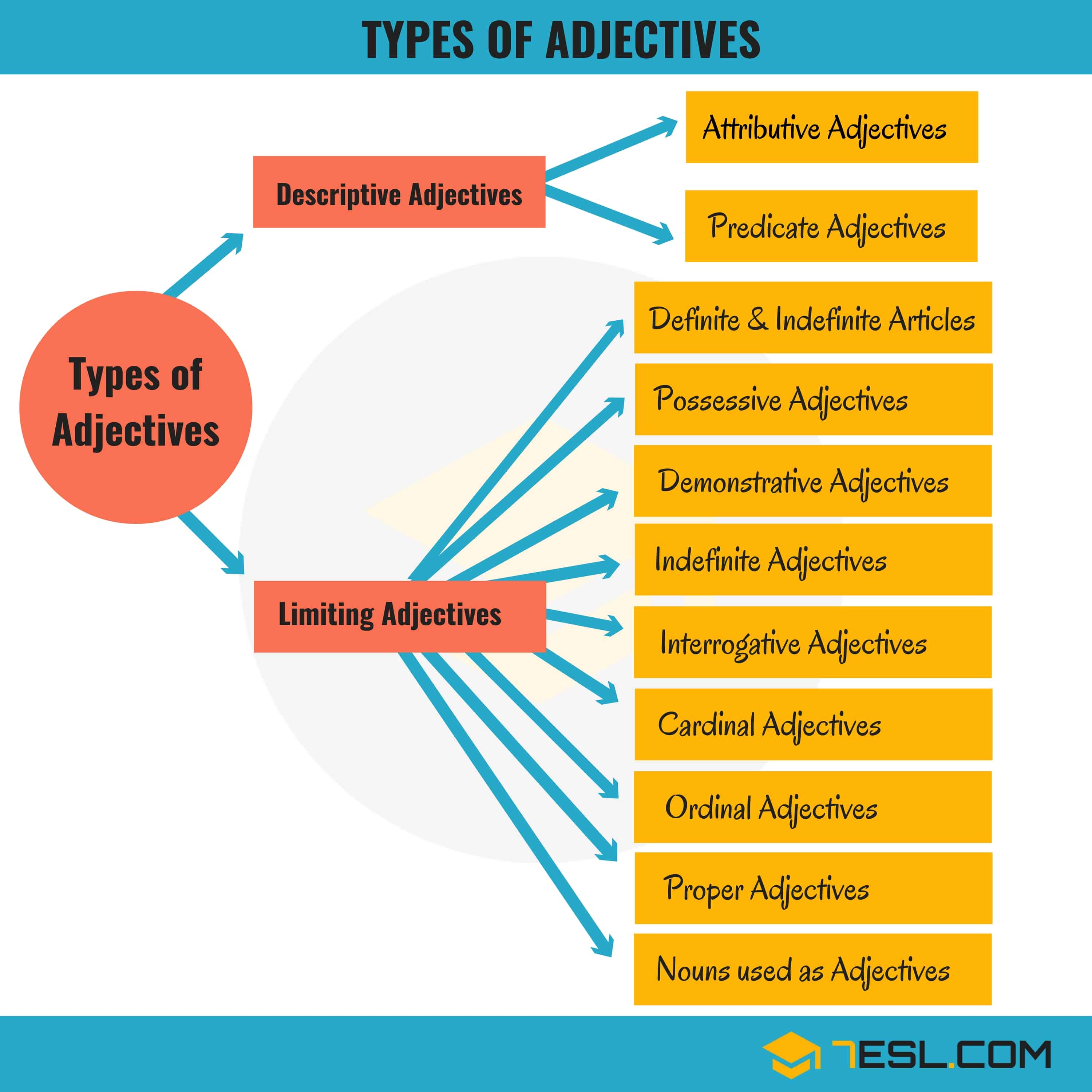The lexical category of adjectives is proposed to be universal, but its realization varies across languages. Web te forms of adjectives japanese. Web the te form is required for learning japanese to make verbs and adjectives easier to comprehend. Conjugating to the affirmative te form is very easy once you know the standard simple past tense for each verb. If you don't know how to make the simple past (た) form, please click here for how to do that.
Te form to make a chronological order. Web the te form of a japanese verb is the form which ends in te or de. Te form to make a smooth connection. Web te forms of adjectives japanese.
You take the ending i (い) and add kute (くて). We'll use this knowledge to construct the て form. How to make a chronological order.
1.this refers to the sequence of events that occurred before. Web we’ll teach you how to convert it in ‘te’ form in a moment. An auxiliary て (or te form) is used to describe the relationship between two phrases before and after *. Te form to make a smooth connection. Based on mirai 3/4 (unit 2).
Te form to make a smooth connection. 美味しい (oishii) = 美味し (oishi) = 美味しくて (oishikute) nouns & な adjectives. Web we’ll teach you how to convert it in ‘te’ form in a moment.
食べる → 食べて ( Taberu → Tabete) “I Eat” / “I Will Eat” → “I’m Eating”.
Web powerpoint introducing 'and' using the teform to join sentences いadjective+くて, なadjective+で, verb+てverb, noun+で. Te form to make a chronological order. For example, the te form of miru ( 見る ), see, is mite ( 見て ), and the te form of yomu ( 読む ), read, is yonde ( 読んで ). We will learn about enduring states with the 「~ている」 and 「~てある」 form.
An Auxiliary て (Or Te Form) Is Used To Describe The Relationship Between Two Phrases Before And After *.
Web while there are a number of ways to link these ideas in japanese, one of the most effective and simplest is to choose the te form. Te form for the copula だ. 1.this refers to the sequence of events that occurred before. Te form to make a smooth connection.
Web The Te Form Of A Japanese Verb Is The Form Which Ends In Te Or De.
Note that the verbs that express different states are verbs like ある (aru), いる (iru), なる (naru), etc. The te (て) form of the copula だ is で (de). The てform of an いadjective is formed by substituting くて for the final い. Web てforms for joining sentences.
The てForm Of A なAdjective And A Noun+です Is Formed By Adding で To The Base Or The Noun.
Their conjugation in the te form varies according to the type of verb (copula, ichidan or godan) or adjective ( adjective in い or adjective in な ). How to make a chronological order. 2 overview of adjectives in lubukusu. The review includes notes from today's japane.
Web the te form is required for learning japanese to make verbs and adjectives easier to comprehend. Conjugating to the affirmative te form is very easy once you know the standard simple past tense for each verb. The meanings of the word are: Te form for the copula だ. 1.this refers to the sequence of events that occurred before.



